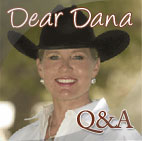Connection
By Sheryl Lynde | Horsetrader columnist
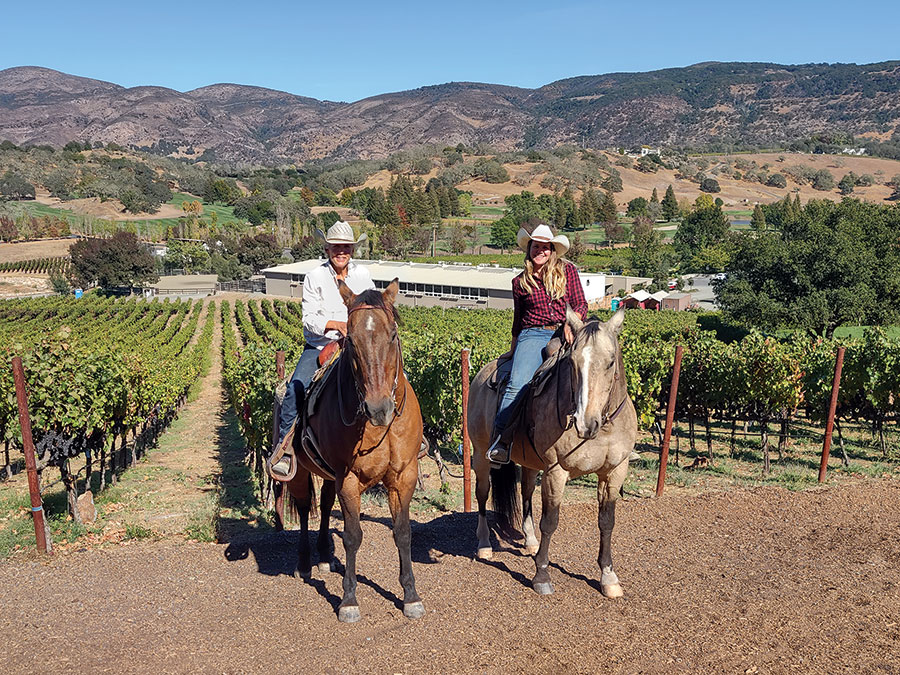
I don’t know you, and you don’t know me.
We dress differently, we are of different ages, different backgrounds and reside in different states and countries. But for a moment, just a glimpse in time we can find a commonality. I know a place where we can connect and share a space together as we ride on the back of a horse.
When fire threatens…
By Sheryl Lynde | Horsetrader columnist

Every time I think. “Well, that can’t happen to me…”, I then find myself in a situation where it is, indeed, happening to me.
Weighty issue
By Sheryl Lynde | Horsetrader columnist
When pairing a horse with a rider, consider several factors that can help ensure the rider’s safety as well as the horse’s well-being.
In previous columns, we’ve looked at the planned use of the horse. If you are looking for a good-minded trail horse, finding a horse that has been used in that capacity would be your best bet. We’ve also explored the ability of the rider and the amount of training the prospective horse has had. Again, if the rider is green, the horse needs to be well-seasoned, and if the horse is green, the rider needs to be more experienced. Also, lifestyle plays an important role. If a demanding career or family require most of your time, purchasing a young horse to start is not optimum for either you or the horse.
But, there is another factor of equal importance to the longevity of your horse’s riding career: the weight of the rider.

A study published in the Journal of Veterinary Behaviour suggests that the rider should weigh less than 15 percent of their horse’s body weight. You can have a conversation with your vet; I have spoken to many. I have found that, as a general rule, the most commonly offered advice is that the combined weight of the rider and saddle should not exceed 15-20 percent of the horse’s body weight. This means if a horse weighs 1,000 pounds, the combined weight of the rider and saddle should not exceed 150–200 pounds. If your saddle weighs 40 pounds, then the weight of the rider should not exceed 110–160 pounds. Again, this is a generality. When I lean more toward the 15 percent body weight of rider and tack, factors that I take into consideration are the horse’s age, intended use, and overall soundness and well-being of the horse.
The horse’s reaction when asked to carry weight above their physical ability varies depending on the temperament of the horse. I’ve witnessed an obvious swaying of the horse’s back, losing their balance under the rider once mounted, the horse splaying their legs underneath them in an attempt to stay upright, and bucking or bolting to rid themselves of the weight.
I understand that the horse’s health and well-being are at the forefront of the owner’s concerns. However, as evidenced every day, the path to injury is paved with good intentions.
Imagine that someone put a backpack on your shoulders that far outweighed your ability to carry it for any distance. It may cause you to fall backward, splay out your limbs to find your balance. You may lean forward into the trail only to find yourself stumbling, unable to right yourself until you eventually hit the ground.
Now, add to that the issue of balance. Try carrying a pack that pulls you to the left or the right. I’ve observed many riders that lean to one side or the other, unaware of their imbalance. When brought to their attention, unfortunately, the saddle is unduly blamed or perhaps the cinch isnt tight enough. The stirrups of the saddle are intended to rest the foot lightly. When riders depend on their feet for balance instead of their seat, they press with their strong or favored leg and foot into the stirrup, causing their saddle to shift, regardless of how tight the cinch has been fastened. Imagine the soreness and misalignment that would cause your body over a period of time. Additionally, what if the backpack didn’t fit properly? It still carried the same amount of weight, but was too small or too large for your back. Feeling a bit uncomfortable? So is your horse.
Weighing the proper weight for your horse, having a good-fitting saddle and mounting properly can save your horse’s back.
To protect your horse’s withers, use a mounting block. Hold onto the mane with your left hand while you insert your left toe into the stirrup. This is not an upper body pull, it is a lower body push. Push up off your right leg to elevate yourself enough to clear the cantle as your throw your right leg over your horse’s back and lower yourself nice and polite into the saddle
When you get on, sit in the “pocket” of the saddle, not on the cantle. Two fingers should fit between the swells of the saddle and your leg. If you can fit your entire hand, the saddle is too big. If you can’t fit a finger, the saddle is too small. It’s better to have a slightly bigger fit than too tight.
Owners openly express their aversion to particular bits or disciplines due to a perceived risk of injury. However, weight remains a sensitive subject.
How do you weigh in?
–Sheryl
Awareness and practice make the difference
By Sheryl Lynde | Horsetrader columnist
In my previous article, I wrote about motivated reasoning – that is, “being emotionally attached to an outcome” despite adverse consequences to that outcome or belief.
Emotions form our beliefs – either consciously or subconsciously. We know those beliefs well. We have constructed our identity around them, and they feel comfortable to us. Being confronted with opposing ideas can shake up what we have known to be true for most of our lives. We can feel unnerved or closed by that — which spawns feelings of anxiety, a loss of control over the possibility of our identify being challenged. Or, we can hold onto our beliefs with loose reins and be open to adopting new ideas and new beliefs.
A look at our reactions
By Sheryl Lynde | Horsetrader columnist
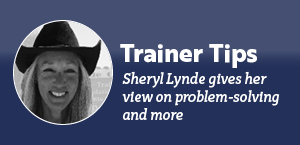
Motivated reasoning can be observed in any setting or facet of life. An important trigger of motivated reasoning is defined as a person who comes to a conclusion based on an emotional stake in the outcome. The emotional attachment can be formed subconsciously or consciously.
In the book “The Data Detective,” author Tim Hartford says people who form strong emotional opinions “will seek out only the information that supports their view”. That includes listening to the opinions of those in their inner circle. They seek out friends they know will support or back their views or decisions.
Path of least resistance
By Sheryl Lynde | Horsetrader columnist
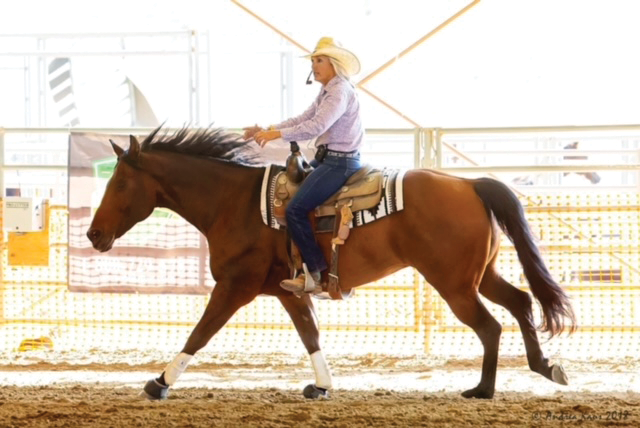
I learn from each horse and I learn from each rider. I think we have a tendency to do too much, or micromanage. Understanding why we do what we do helps us to change and let go of unwanted behaviors. Understanding why horses do what they do helps us to better understand and differentiate between a symptom and the cause.
Using force or being overly critical creates resistance in any relationship.
Riding from the heart

By Sheryl Lynde | Horsetrader columnist
In my new book Riding from the Heart, I highlight the many parallels between the human and the horse, trying to take the mystery out of their respective behaviors. If we can draw from our own experiences, we may gain an insight into their reactions.
I should clarify that I am not referring to anthropomorphic terms — defined as “having human attributes.” There is a huge difference between looking at parallel behaviors and simply applying human attributes to a horse’s behavior. Horses may show affection and express emotions similar to humans such as fear, and aggression or lack of respect, but they are 1,000-pound animals with entirely different instincts.
Rush to judgement
By Sheryl Lynde | Horsetrader columnist

After careful consideration, a buyer selects a horse for purchase. Within 30 days of ownership, however, the buyer notices subtle changes in behavior. With time, the unwanted changes become more prevalent, and new vices surface.
The buyer calls the seller for advice, only to hear, “well, the horse never did that here.”
Frustrated, the buyer begins to feel that perhaps the horse was misrepresented. The horse they now ride is not the horse they rode while at the seller’s.
Who is right? They both are.
The older horse
By Sheryl Lynde | Horsetrader columnist

In December’s article I pointed out the human tendency to shy away from situations of uncertain outcomes. In his book “Think like a Rocket Scientist,” author Ozan Varol states “our obsession with uncertainty leads us astray; all progress takes place in uncertain conditions.”
When we place the horse in unfamiliar situations, holes in their training are uncovered. We are able to focus our efforts on their areas of weaknesses. Similarly, human character flaws are also revealed when the heat is on. It is when we are tested that opportunities present themselves to get better, be better, go deeper.
The journey
By Sheryl Lynde | Horsetrader columnist
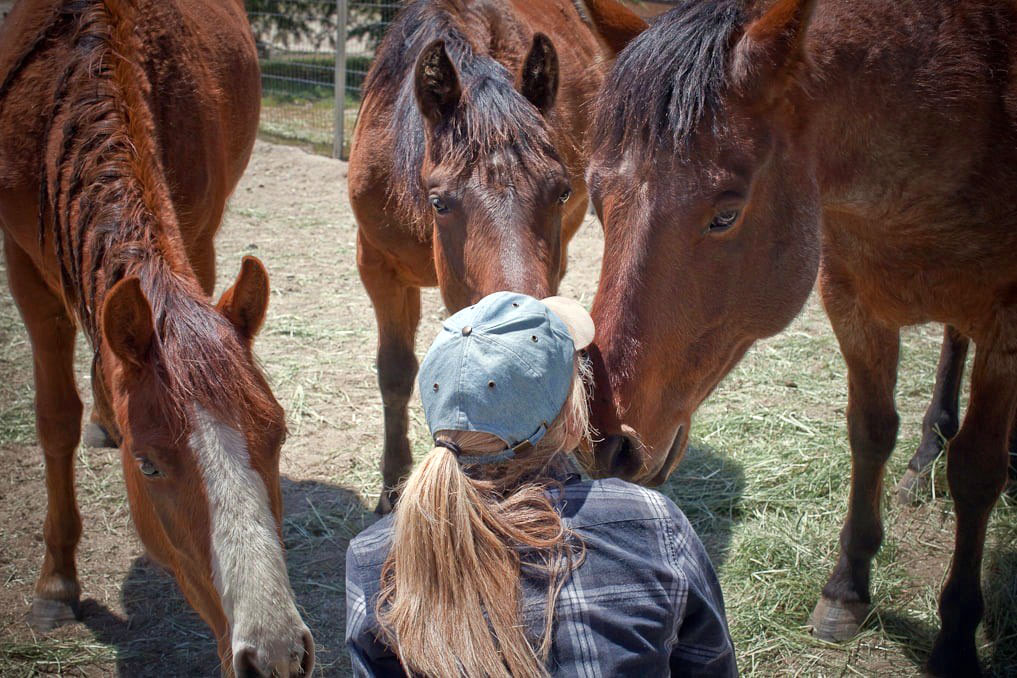
Our nature is to live our lives in some semblance of stability. We find comfort in order, routine, and consistency.
Yet, in reality, everything about life changes. We look for a step-by-step formula to get from A to B, preferably by way of a straight line. But we spend too much time trying to control our lives and not enough time trying to understand it. I think it’s the space in-between the letters A to B is where your life unfolds, where you learn, where you grow. Just as in music, it’s the silence between the notes that creates the melody.


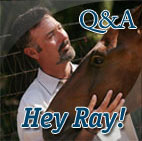
 Read Columns
Read Columns
